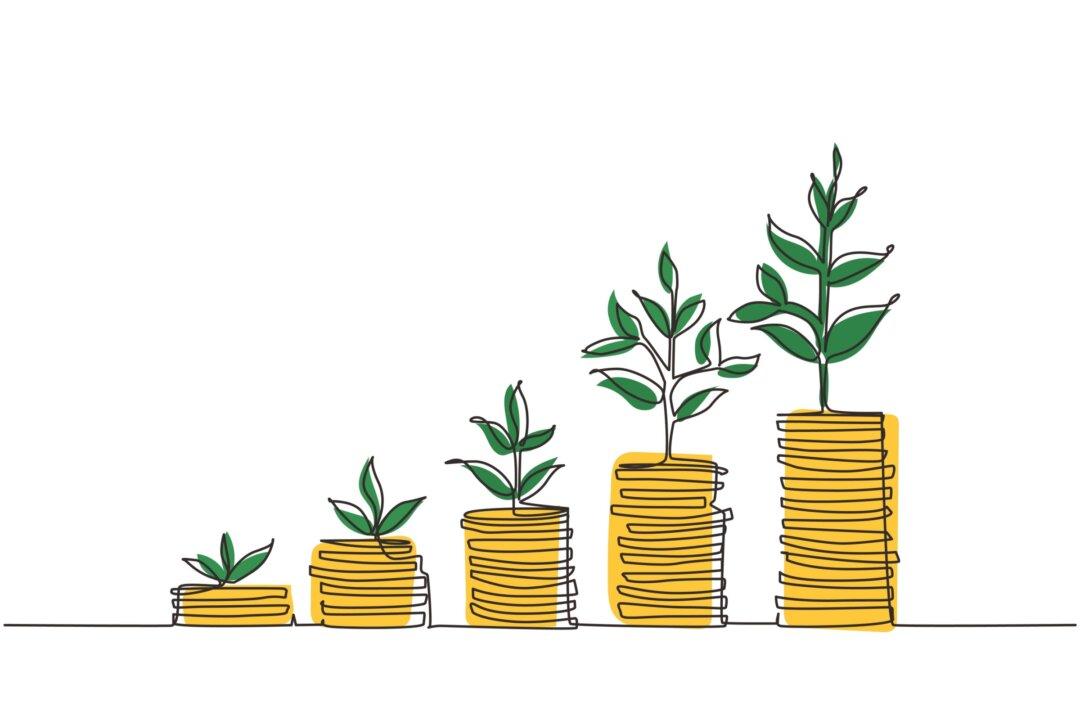Canada’s energy sector has become an engine of the economy—an often under-appreciated contributor of exports equivalent to $9,000 per Canadian household, says a report published Tuesday.
It’s a notable figure, though some question its validity.
Authored by Trevor Tombe, an economics professor at the University of Calgary, the report reveals new data documenting how the energy sector is fuelling economic growth despite often negative views regarding the oilsands and pipelines.
“Canada’s energy sector is large, and its trade is equally large. But unfortunately, public understanding of this sector is fairly limited and this can affect the quality of public policy debate in this country,” said Tombe.
Tombe said that without clearly understood quality data, public prejudice against oilsands development and other energy resources like coal could undermine Canada’s ability to cash in on those resources.
Myths around energy and resource sector jobs need to be dispelled, he argues, such as the myth that resource jobs are not value-added. As Tombe explains it, all resource jobs are value-added, as they take a resource like oil, which has no value in the ground, and add value by extracting it, processing it, and selling it.
“Value-added is a simple concept that is misused constantly. It is a measure of how much income is generated by a given activity.”
Jobs in mining, oil, and gas add value of over $200 per hour, he said.
“Compare that to manufacturing at $50 an hour. So the claim that manufacturing jobs are self-evidently value-added relative to commodity jobs is false.”
Tombe argues that exports from resource jobs actually contain more added value than manufacturing sectors that export things like cars which include components built in Mexico and the United States.
“The value-added content of Canadian energy exports is far larger than any other sector out there.”
Money Stays With Companies
But his claim that energy exports equal $9,000 dollars per Canadian household is misleading, according to John Nyboer, a research associate and adjunct professor at Simon Fraser University’s School of Resource and Environmental Management.
The truth is, most of that money remains in-house with the companies that export the crude, he said.
“It is misleading in the sense that none of that money flows freely.”
Tombe arrived at that figure by dividing the value of energy exports by the number of Canadian households, an equation that suggests each Canadian household stands to gain up to $9,000 in economic activity. In truth, companies use that money to recoup costs like wages, pay shareholders, and collect profits.
Nyboer also questions Tombe’s projections of export growth because they fail to account for a potential cost of carbon.
Tombe projects oil production will double to six million barrels a day by 2035, with the oilsands accounting for 85 percent of that growth. Of that, domestic demand will be around one million barrels a day, leaving the rest for export.
While the report acknowledges that a cost on carbon is the simplest and best way to address environmental issues from oil and gas extraction, there is no analysis of those costs. If Tombe’s projections factored in the potential of a future cost on carbon, Nyboer said it is likely that his figures would change dramatically.
Such considerations need to be factored in, he argues.
“Is oil and gas important? Crucial? Yes, but unless we account for the environmental impacts and make the playing field more level, we may be stuck with a dismal, perhaps devastating future.”
For his part, Tombe argues that Canada’s policy decisions need to be based on clear data around the economic potential of energy exports.
“It is absolutely crucial that we ensure our energy-trade policies are based on high-quality and objective information; politicized and emotional rhetoric does not help,” reads his report.





